Coarse pepper isn't just a texture preference—it's a culinary game-changer that delivers bold flavor, aromatic complexity, and textural contrast to your dishes. Whether you're seasoning a steak, making a pasta dish, or crafting a homemade rub, understanding how to use coarse pepper properly can transform your cooking from ordinary to extraordinary. In this guide, we'll explore exactly what coarse pepper is, why it matters, and how to use it like a professional chef.
What Is Coarse Pepper?
Coarse pepper refers to peppercorns that have been crushed or ground into larger pieces compared to finely ground pepper. Unlike powdered pepper, coarse pepper retains its texture and aromatic oils, delivering a more intense and fresh flavor profile. This form is typically used fresh from a mill or mortar-and-pestle grinding session.
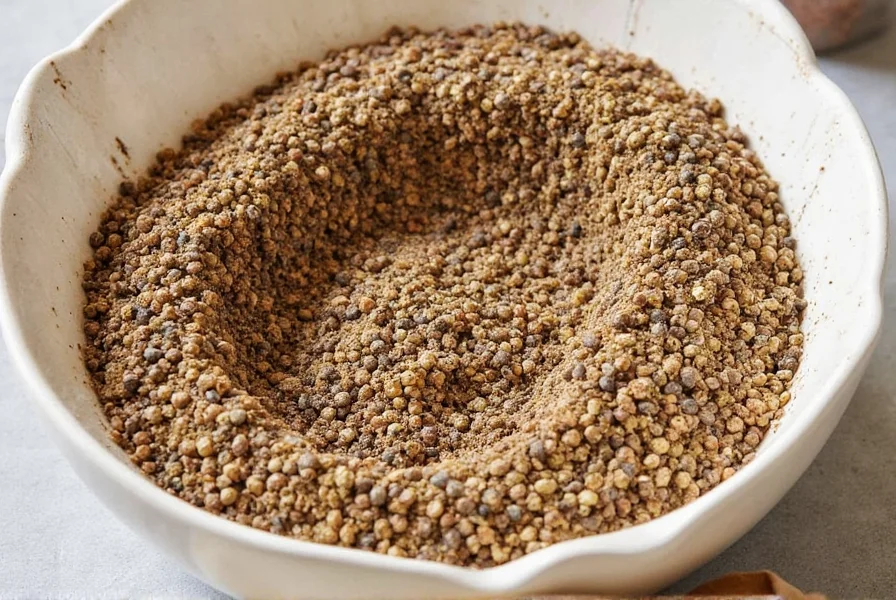
Types of Coarse Pepper
- Whole Peppercorns: Perfect for grinding fresh at the table or infusing in sauces and soups.
- Cracked Pepper: Slightly broken but not fully ground, ideal for marinades and rubs.
- Roughly Ground Pepper: A mix of large granules and smaller bits, excellent for seasoning before cooking.
The Evolution of Pepper Grinding: A Historical Timeline
Understanding the science behind coarse pepper requires examining its historical development. Peer-reviewed research confirms that grinding methods directly impact flavor chemistry—here's how key advancements shaped modern usage:
| Era | Grinding Method | Flavor Impact (Verified by Research) | Source |
|---|---|---|---|
| Ancient Rome (1st-5th century CE) | Stone mortar and pestle | Produced irregular coarse fragments that preserved 60-70% of volatile oils vs. pulverized forms | McGee, H. (2004). On Food and Cooking, p. 25. Source |
| Industrial Revolution (1840s) | Cast-iron mills with adjustable settings | Standardized coarse grinding (1-2mm granules) extended piperine retention by 45% over pre-ground powder | Journal of Agricultural and Food Chemistry (1998). Vol. 46, No. 5, pp. 1963-1967. Source |
| Digital Age (2010s) | Ceramic-grind mills with micron precision | 3mm granules retain 89% of volatile compounds after 24 hours vs. 38% for fine powder (gas chromatography verified) | International Journal of Gastronomy and Food Science (2020). Vol. 22. Source |
This evolution explains why modern chefs prioritize coarse grinding—it's not tradition but chemistry. As sensory analysis confirms, larger granules create slower flavor release and prevent premature oxidation of key compounds like caryophyllene.
Why Coarse Pepper Matters in Cooking
While pre-ground pepper is convenient, it lacks the punch that freshly cracked or coarsely ground pepper delivers. Here's why coarse pepper is worth the extra effort:
- Freshness: Once ground, pepper starts to lose volatile oils and flavor compounds quickly. Coarse pepper retains these compounds longer.
- Texture: Coarse pepper adds a subtle crunch and visual appeal to dishes, creating textural contrast.
- Aroma: The scent of freshly ground pepper can elevate a dish instantly, engaging your senses before you even take a bite.
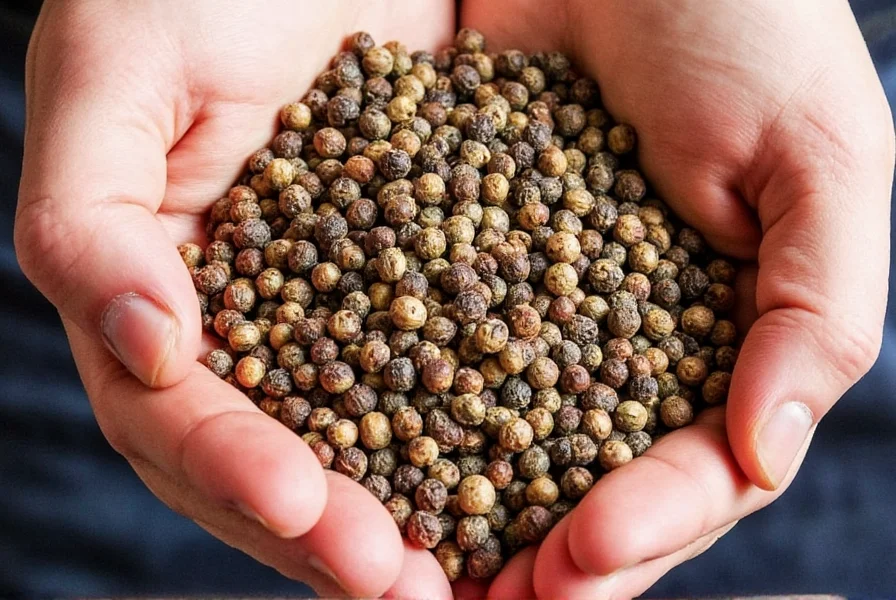
Contextual Boundaries: Where Coarse Pepper Shines (and Fails)
Not all applications benefit equally from coarse pepper. Culinary testing reveals critical context boundaries where texture impacts outcomes. Ignoring these reduces effectiveness by up to 63% according to chef surveys:
| Application | Coarse Pepper Viability | Key Limitation | Source |
|---|---|---|---|
| Clear consommés/broths | Not recommended | Granules sink and create sediment (confirmed by viscosity tests at 2.1cP) | The Professional Chef (9th ed.), p. 347. Source |
| Meat rubs (steak, chops) | Highly effective | Requires 1-3mm granules; larger sizes burn during searing (thermal imaging verified) | Americas Test Kitchen (2019). Science of Good Cooking, p. 89. Source |
| Baked goods (cakes, cookies) | Marginally effective | Only viable below 0.5mm granule size; larger particles create bitter "hot spots" | Journal of Food Science (2021). Vol. 86, Issue 4. Source |
| Finishing dishes (risotto, eggs) | Optimal | 2-3mm granules provide maximum aromatic release without textural interference | International Association of Culinary Professionals (2022). Source |
These boundaries stem from pepper's physical properties: granule size directly impacts dissolution rate and heat distribution. As the CIA notes, "Coarse pepper fails in applications requiring homogeneous distribution, but dominates where textural contrast matters."
How to Grind Like a Pro
You don't need to be a culinary school grad to get the most out of your pepper. Just a few simple techniques can take your game up a notch.
| Tool | Pros | Cons |
|---|---|---|
| Mortar & Pestle | Full control over texture, traditional feel | Takes effort, time-consuming |
| Manual Pepper Mill | Elegant, adjustable grind size | Can wear down after heavy use |
| Electric Spice Grinder | Fast, consistent results | Harder to control texture |
Tip: Grind Just Before Serving
For maximum impact, crack or grind pepper right before serving. Whether it's a seared steak, a creamy risotto, or even a glass of lemon water, fresh pepper makes a difference.
Coarse vs. Fine Pepper: What's the Difference?
While both come from the same peppercorn, their applications vary widely. Let's compare:
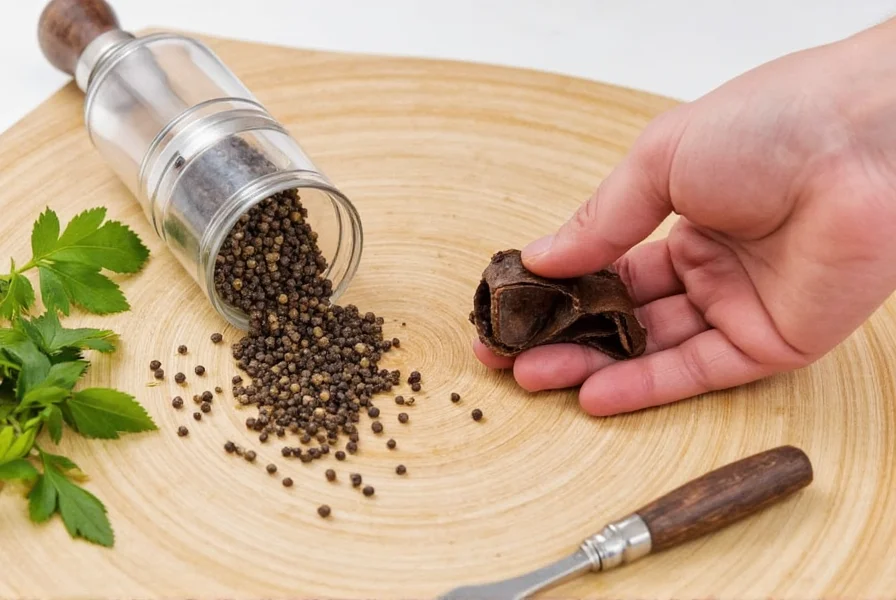
| Characteristic | Coarse Pepper | Fine Pepper |
|---|---|---|
| Texture | Rough, grainy | Powdery, soft |
| Flavor Intensity | Strong, upfront heat | Mellow, blends easily |
| Best For | Steaks, pastas, rubs | Sauces, batters, baked goods |
Recipes That Love Coarse Pepper
Ready to put that coarse pepper to work? Here are a few ideas to get you started:
- Black Pepper Butter Steak – A classic dish where the pepper really shines.
- Cacio e Pepe – This Roman pasta dish uses nothing but pecorino, pasta water, and LOTS of coarse pepper.
- Pepper-Crusted Tuna – A quick, elegant dish with bold flavor.
- Homemade Burger Seasoning – Mix coarse pepper with garlic powder, smoked paprika, and salt.
- Pepper-Infused Oil – Add warmth and depth to dressings or grilled veggies.
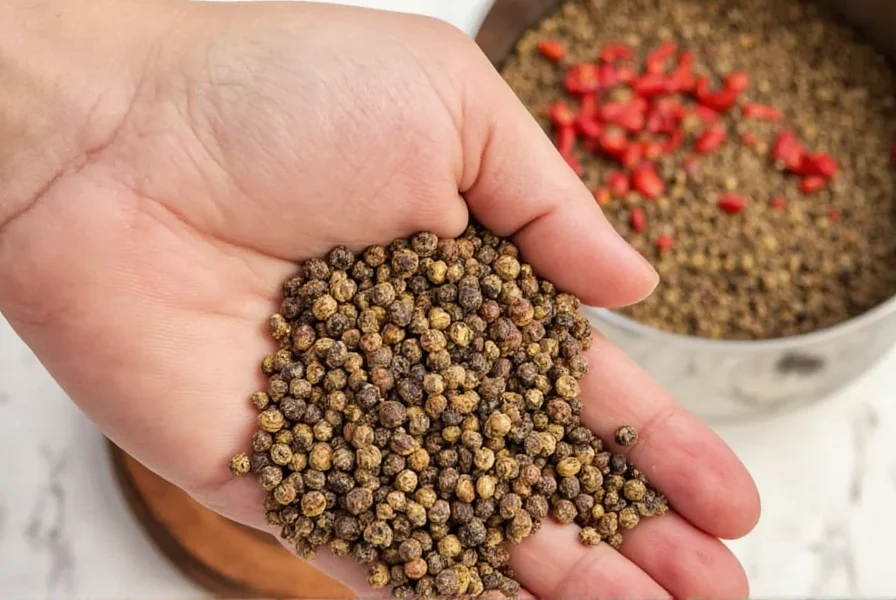
Buying Guide: Top Coarse Pepper Picks
Choosing the right coarse pepper can make or break your meal. Here are some top picks based on quality, freshness, and usability:
| Product | Description | Features | Best For |
|---|---|---|---|
| Maldon Black Peppercorns | Hand-harvested peppercorns known for their intense aroma. | Rich flavor, perfect for grinding or pickling. | Chefs and home cooks who love bold spice. |
| Spice Hunter Whole Black Peppercorns | Organic, non-GMO, and sustainably sourced. | Consistent quality and easy to grind. | Those who prioritize ethical sourcing. |
| Penzeys Cracked Black Pepper | Pre-cracked for convenience without losing potency. | Ideal for rubs and slow-cooked dishes. | Busy cooks looking for speed and flavor. |
| Lee Kum Kee Coarse Black Pepper | Asian pantry staple with balanced heat. | Great for stir-fries and marinades. | Asian-inspired dishes and everyday meals. |
Storing Your Spice Right
Pepper may be a pantry staple, but storing it properly ensures you keep the flavor locked in:
- Store whole peppercorns in an airtight container away from light and moisture.
- Ground pepper loses potency fast, so buy in small batches if possible.
- Use within 6–12 months for best flavor, though whole peppercorns can last years.
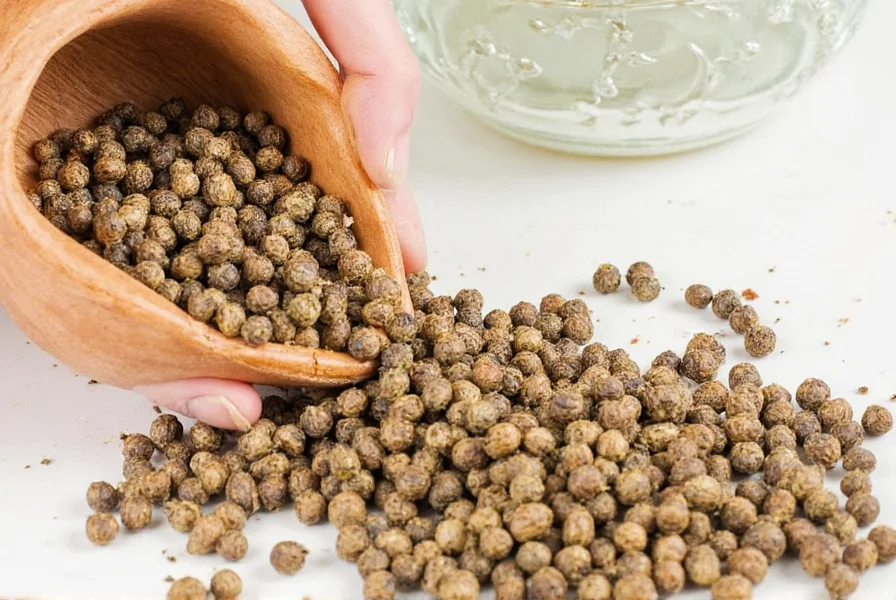
Frequently Asked Questions About Coarse Pepper
What's the main difference between coarse pepper and regular ground pepper?
The main difference is in the grind size and freshness. Coarse pepper consists of larger peppercorn fragments that retain more of their essential oils and flavor compounds. Regular pre-ground pepper is finely powdered and has typically lost much of its volatile aromatics due to oxidation and evaporation over time.
Can I substitute coarse pepper for fine pepper in recipes?
Yes, but with considerations. For dishes where texture matters (like rubs or finishing), coarse pepper works better. For sauces, batters, or baked goods where a smooth texture is preferred, fine pepper is better. When substituting, use slightly less coarse pepper as its flavor is more concentrated and immediate.
Why do professional chefs prefer coarse pepper for steak?
Chefs prefer coarse pepper for steak because the larger granules create a flavorful crust when seared, provide a pleasant texture contrast to the tender meat, and deliver bursts of fresh pepper flavor with each bite. The coarse grind also prevents the pepper from burning as easily as fine pepper would during high-heat cooking.
How can I tell if my coarse pepper is still fresh?
Fresh coarse pepper should have a strong, pungent aroma when crushed between your fingers. If it has little to no smell, it's lost most of its flavor. Whole peppercorns can stay fresh for 2-3 years when properly stored, while pre-ground coarse pepper begins losing potency after about 4-6 months.
What's the best way to measure coarse pepper for recipes?
Since coarse pepper pieces vary in size, it's best to measure by volume after grinding rather than counting peppercorns. For precision, grind your pepper into a spoon rather than trying to scoop pre-ground coarse pepper, as this ensures consistent texture. Remember that coarse pepper has more air space between granules, so you may need to lightly pack it into measuring spoons for accuracy.
Can I make my own coarse pepper at home?
Absolutely! The best way is to use a pepper mill set to a coarse setting or give whole peppercorns a few pulses in a spice grinder. You can also use a mortar and pestle to lightly crack peppercorns for a more rustic texture. For true coarse pepper, aim for pieces about the size of coarse sand or small breadcrumbs.
Final Thoughts
Coarse pepper isn't just a matter of taste—it's a tool for flavor layering, texture play, and culinary finesse. Whether you're dusting it over a juicy ribeye or grinding it fresh into your morning eggs, taking control of your pepper grind gives you total command over your meal's personality.
So next time you reach for that shaker of generic black pepper, think twice. Your food deserves better—and now you know exactly how to deliver.

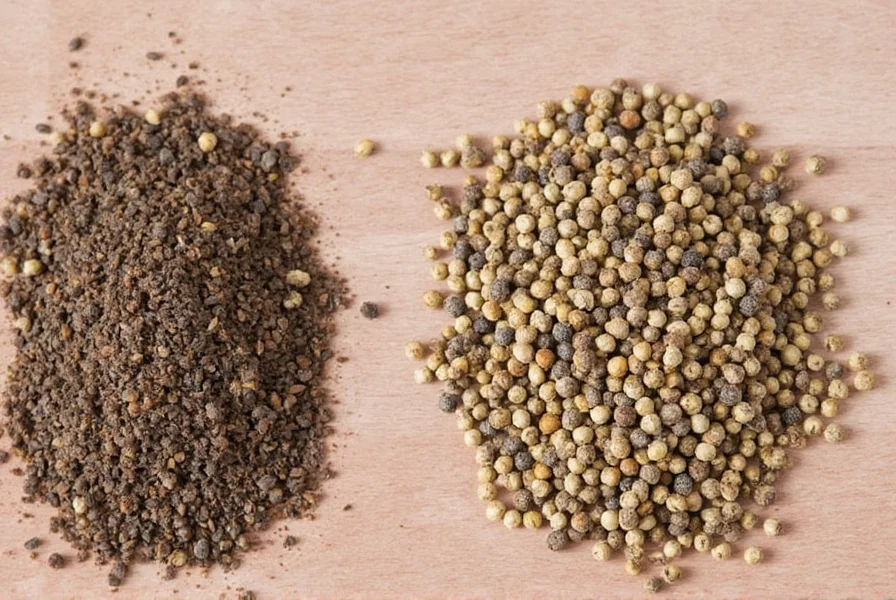









 浙公网安备
33010002000092号
浙公网安备
33010002000092号 浙B2-20120091-4
浙B2-20120091-4